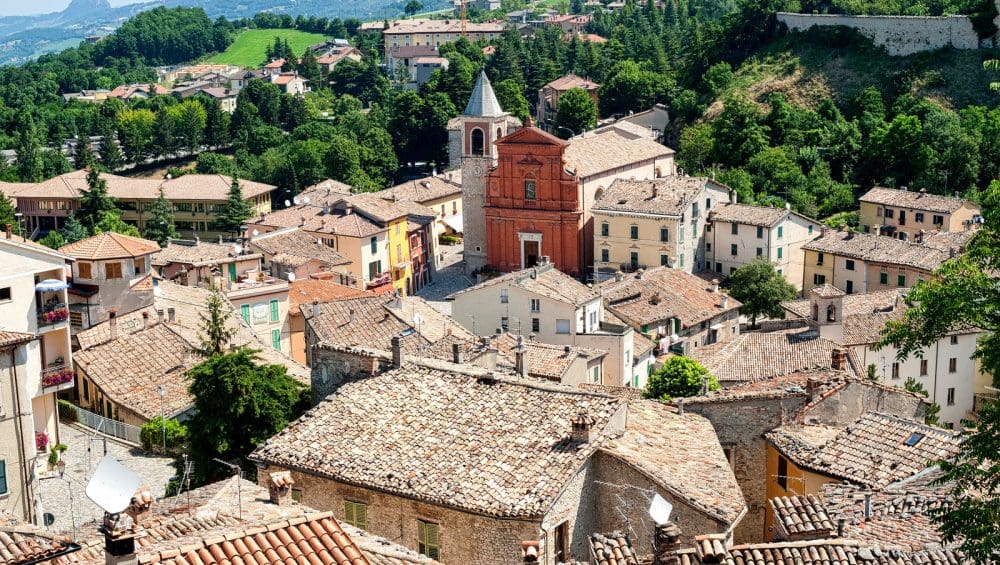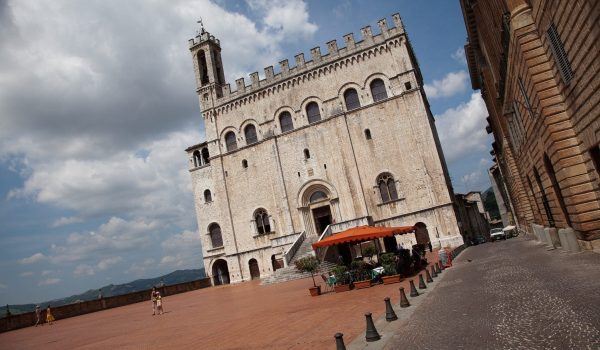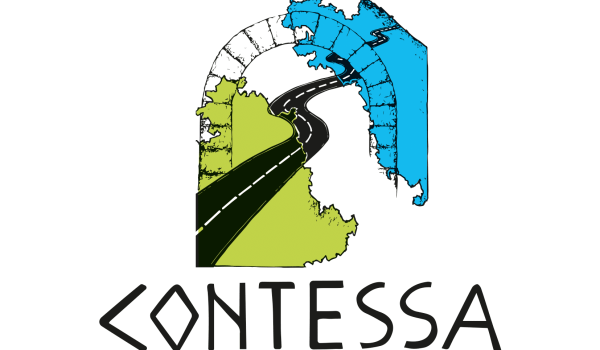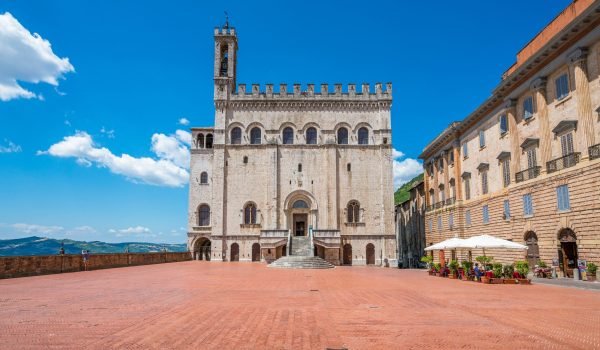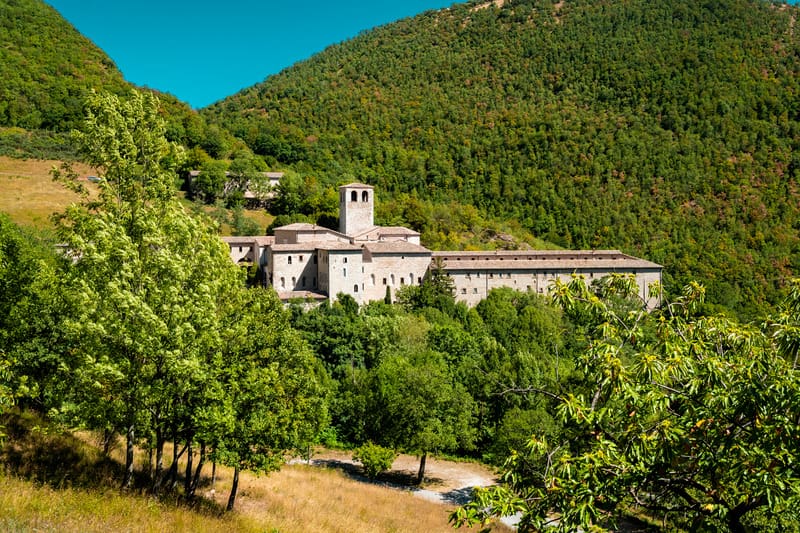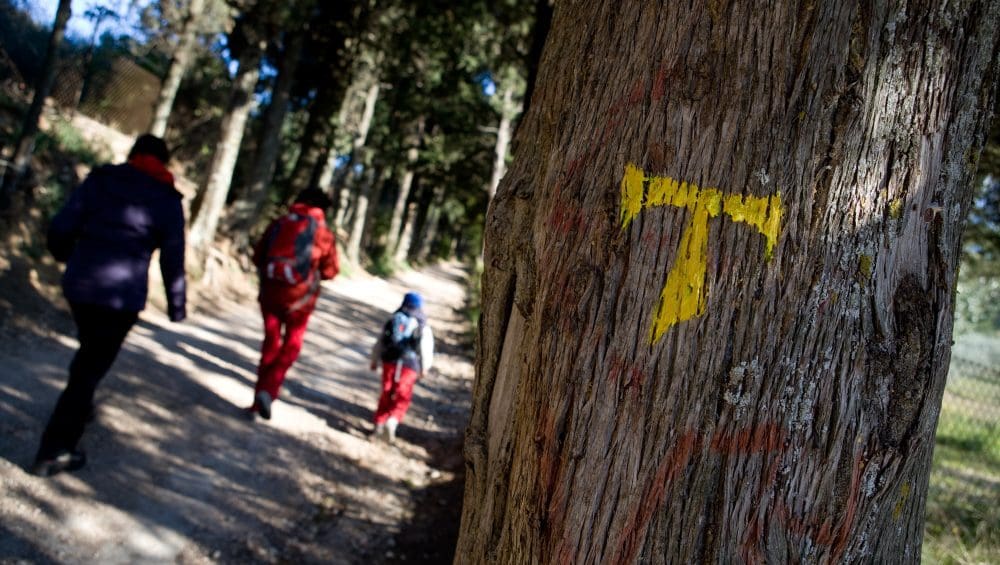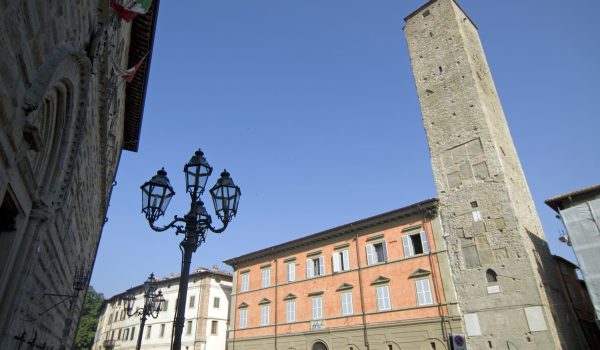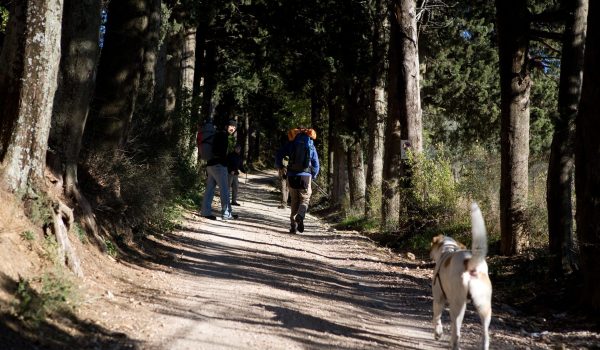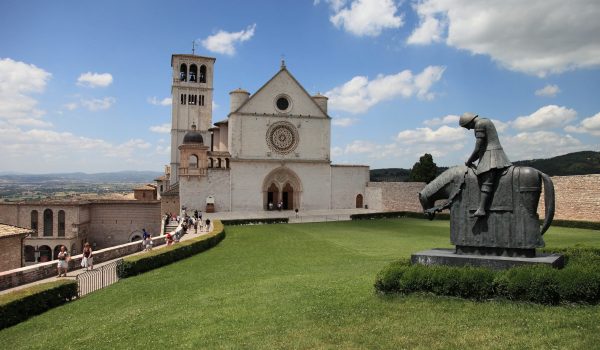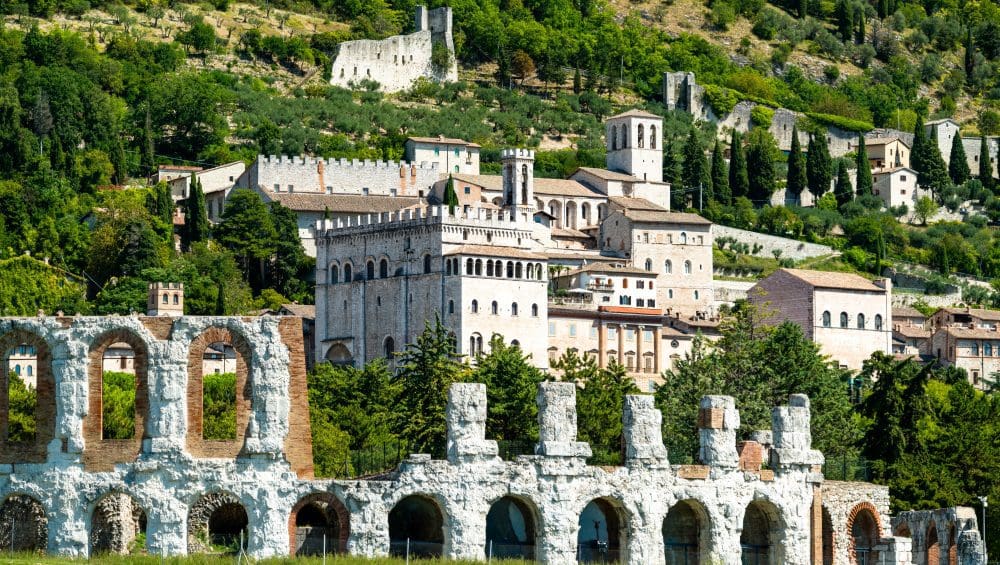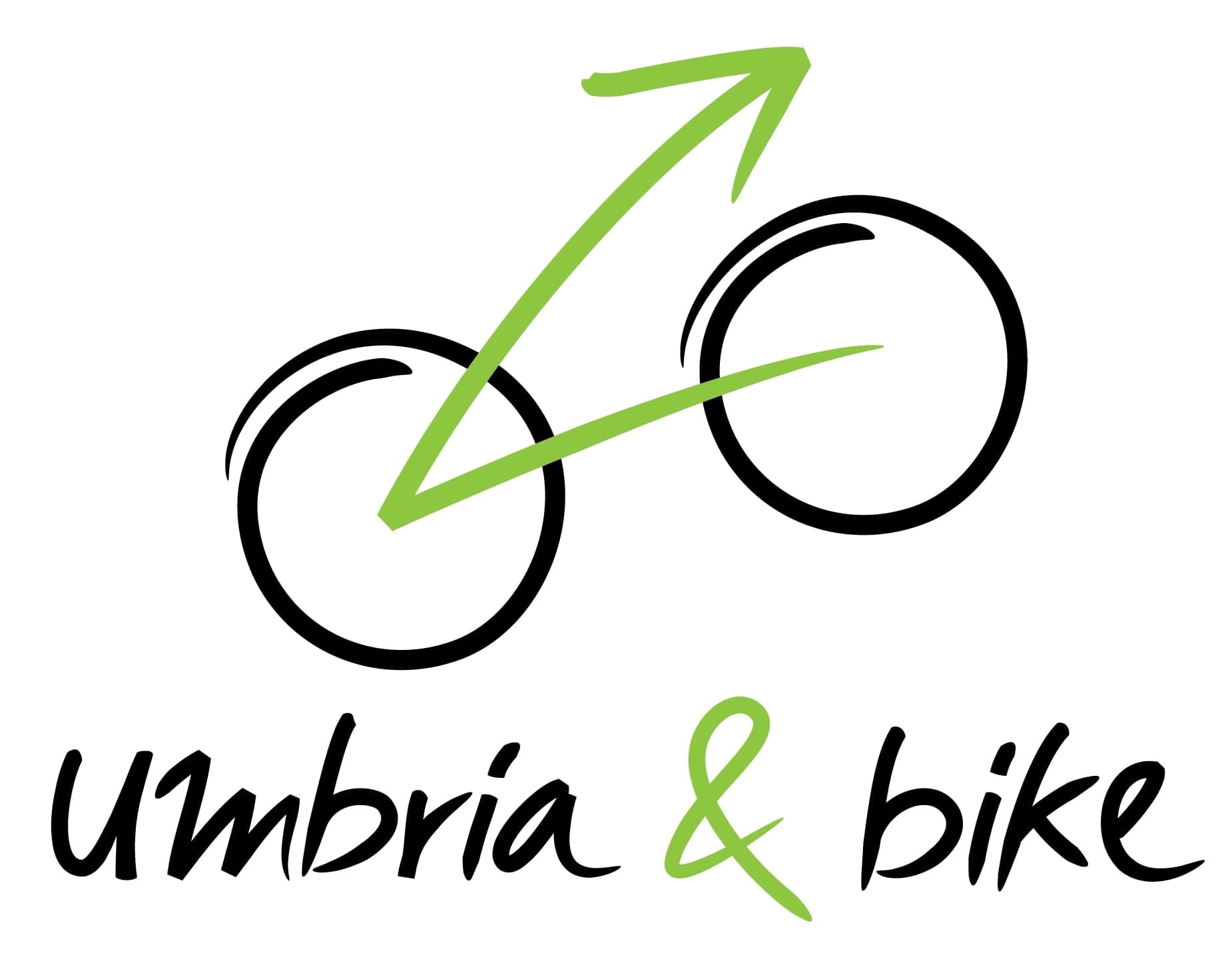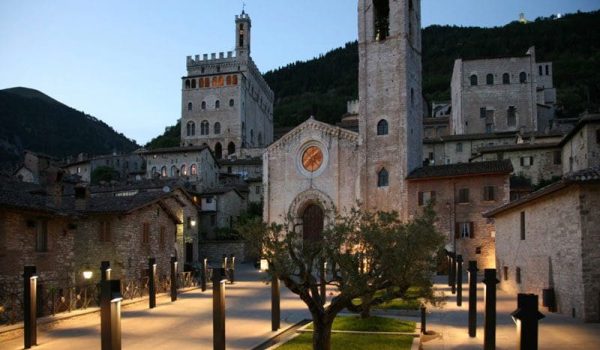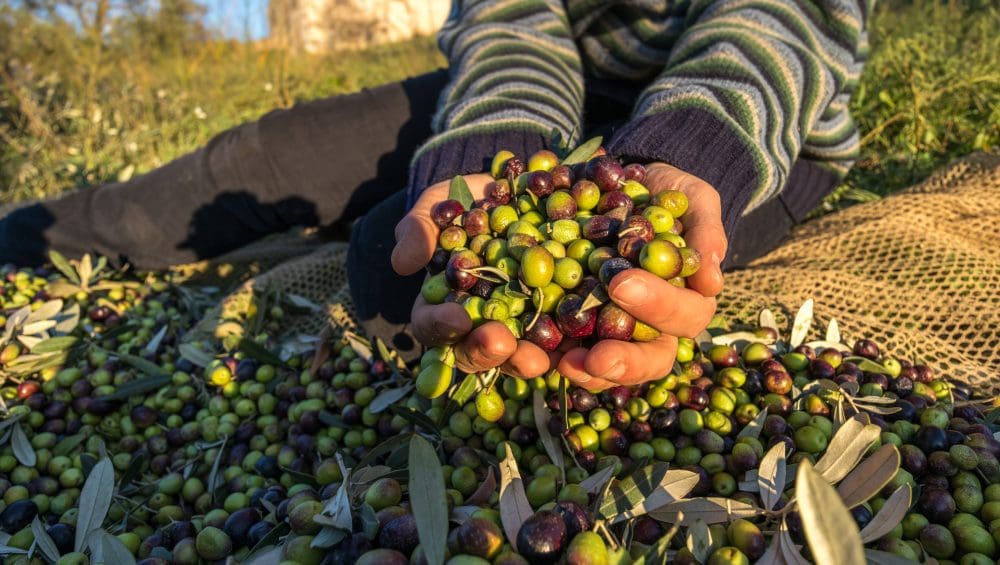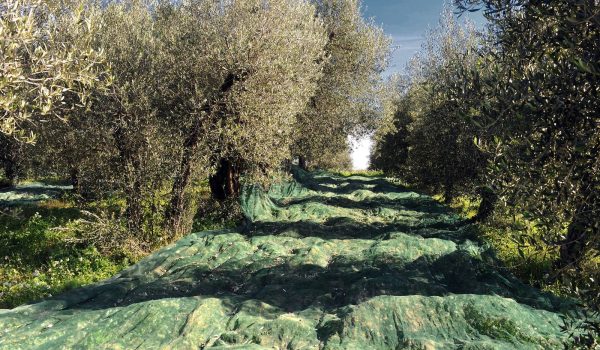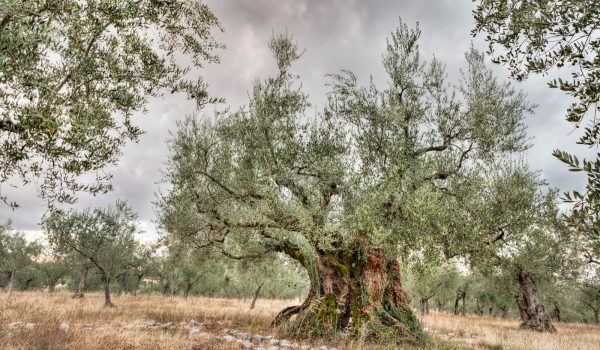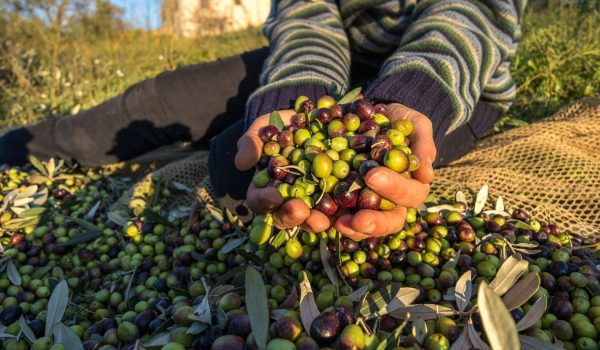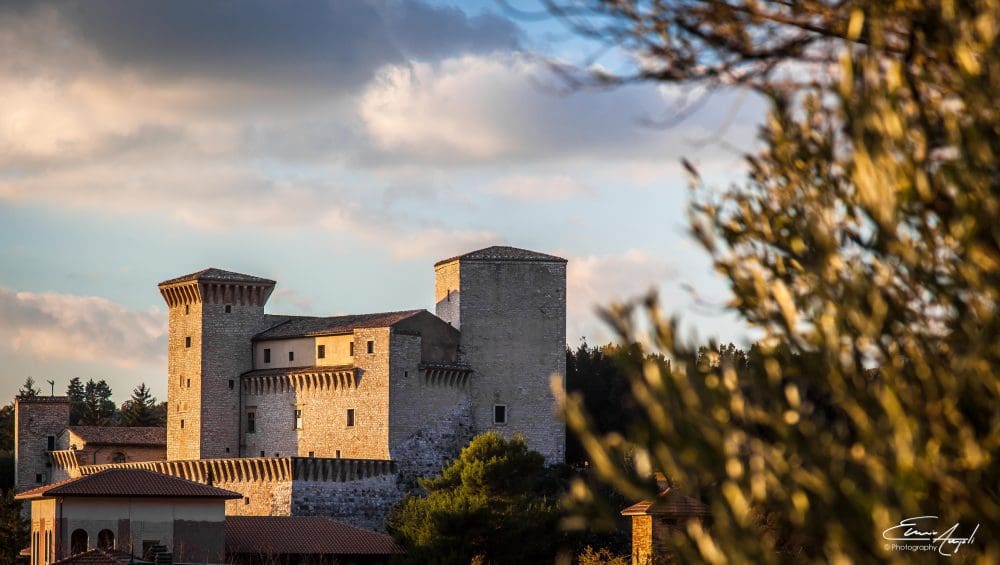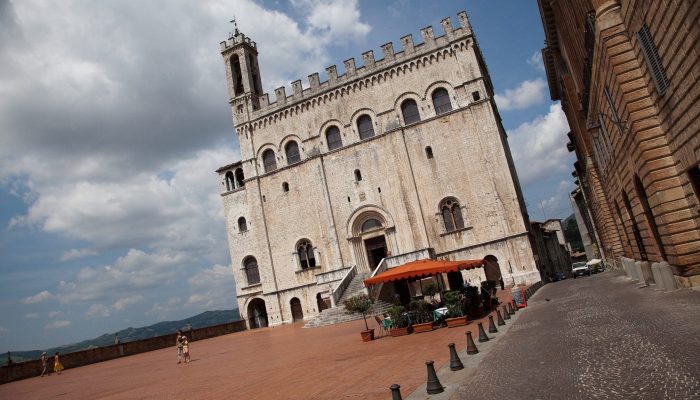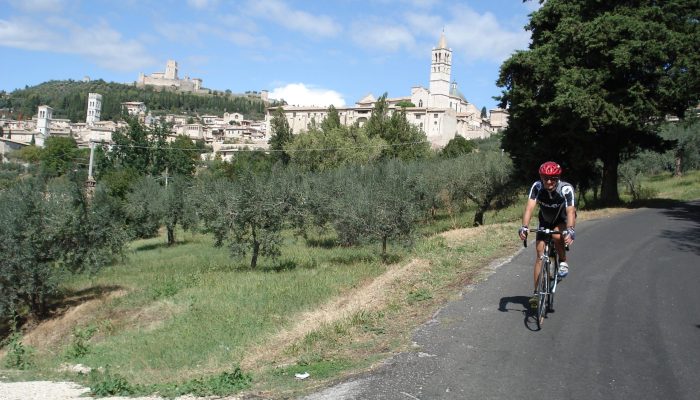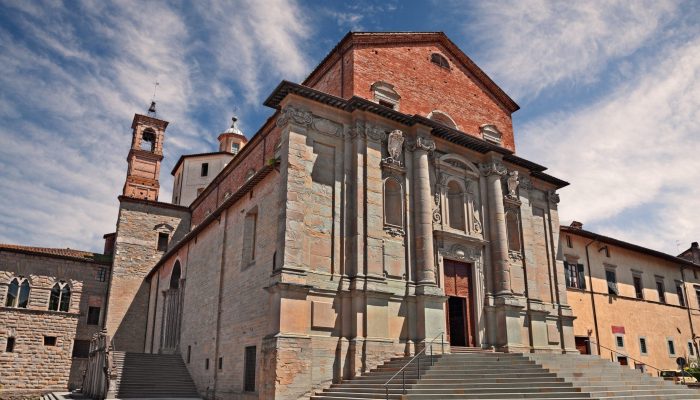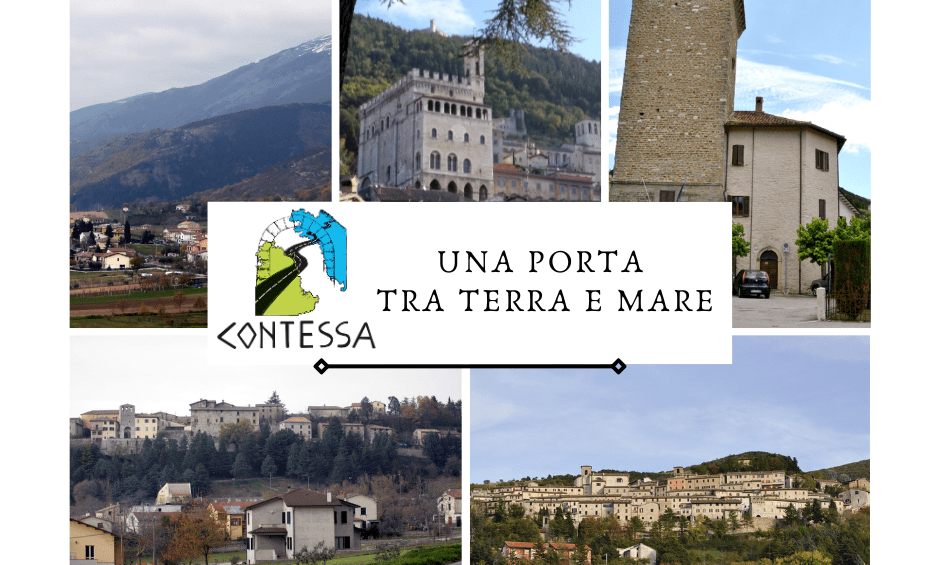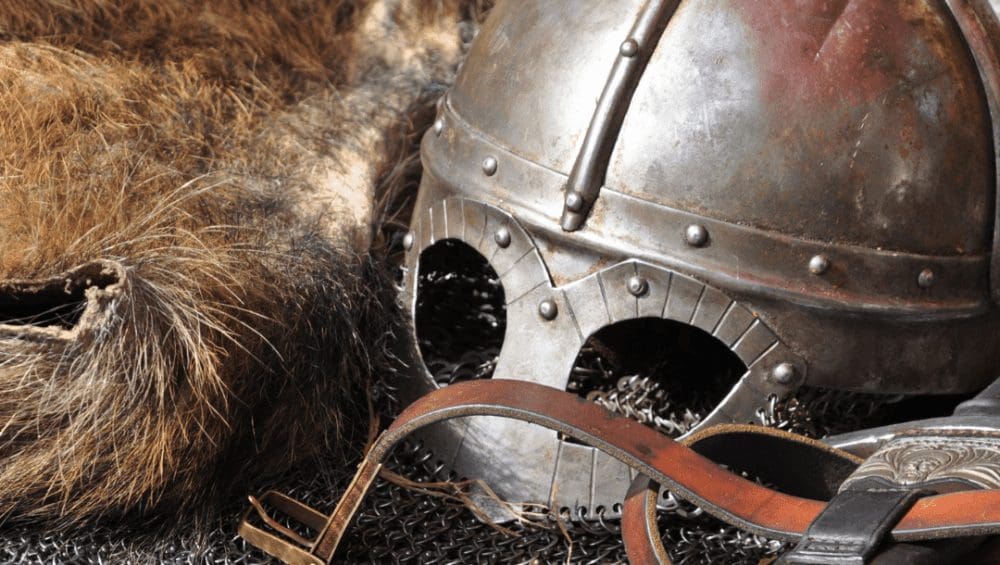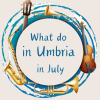Renaissance itinerary between Umbria and Marche in the footsteps of the Montefeltro family
Renaissance itinerary between Umbria and Marche in the footsteps of the Montefeltro family
This itinerary will take us through some of the most fascinating cities of Umbria and Marche, following the trail of the Montefeltro and the Renaissance. Each stop offers a unique opportunity to immerse yourself in the history, art and culture of one of the most fascinating eras in Italy.
The first stop on our journey is GUBBIO, one of the oldest cities in Umbria. In Piazza Grande stands the Palazzo dei Consoli, an extraordinary example of Gothic architecture that houses the Civic Museum. It will be possible to admire the collection of art and historical artefacts, including the Eugubine Tablets. Not far away is the Palazzo Ducale, a unique example of Renaissance architecture, commissioned by Federico da Montefeltro around 1476 as a residence for the family, following the illustrious example of the one in Urbino. The interior preserves some original furnishings and an extraordinary replica of Federico’s study, covered in inlaid wooden panels based on designs by Francesco di Giorgio. Don’t miss a walk along the medieval streets of Gubbio, breathing in the unique atmosphere of this city, or a cable car ride up Colle Eletto to admire a breathtaking view and visit the Basilica of Sant’Ubaldo.
The route continues towards URBINO, the birthplace of Raffaello Sanzio and the cradle of the Italian Renaissance. Perched on the hills of the Metauro Valley, the city appears from afar with its Palazzo Ducale, built by Duke Federico da Montefeltro, a Renaissance masterpiece. Inside, it houses the Galleria Nazionale delle Marche, which houses works by Piero della Francesca, Titian and, of course, Raffaello. Duke Federico’s study, inside the Palace, houses a valuable coffered ceiling and is covered in the lower band with inlaid wood by Baccio Pontelli based on designs by Sandro Botticelli, Francesco di Giorgio Martini and Donato Bramante.
Heading towards the coast, a stop is a must at GRADARA. A border village a few steps from Romagna, immersed in the hills but close to the sea, it is a space frozen in another time. The village has always been identified with its fortress that for centuries has defended noble and famous dynasties such as the Malatesta, the Sforza and the Borgia. Also mentioned by Dante in the Divine Comedy for the tragic love of Paolo and Francesca.
The itinerary ends in PESARO, on the Adriatic coast. Italian Capital of Culture in 2024, UNESCO Creative City for Music and City of the Bicycle. Among the places to visit in the city there is certainly the Palazzo Ducale, a splendid Renaissance residence built by the Dukes of Urbino, which stands majestically on the square. Birthplace of Gioacchino Rossini, there are many places that recall the illustrious character such as his house or the Theater named after him. You cannot miss the Villa Imperiale, located on the hills overlooking Pesaro. This Renaissance residence, immersed in a lush park, is one of the most beautiful in Italy.
The city boasts a long golden sandy beach, perfect for relaxing under the sun. The seafront is lined with palm trees and offers a splendid view of the Adriatic Sea. We suggest taking a walk, renting a bike or simply enjoying the sea and the sun.


